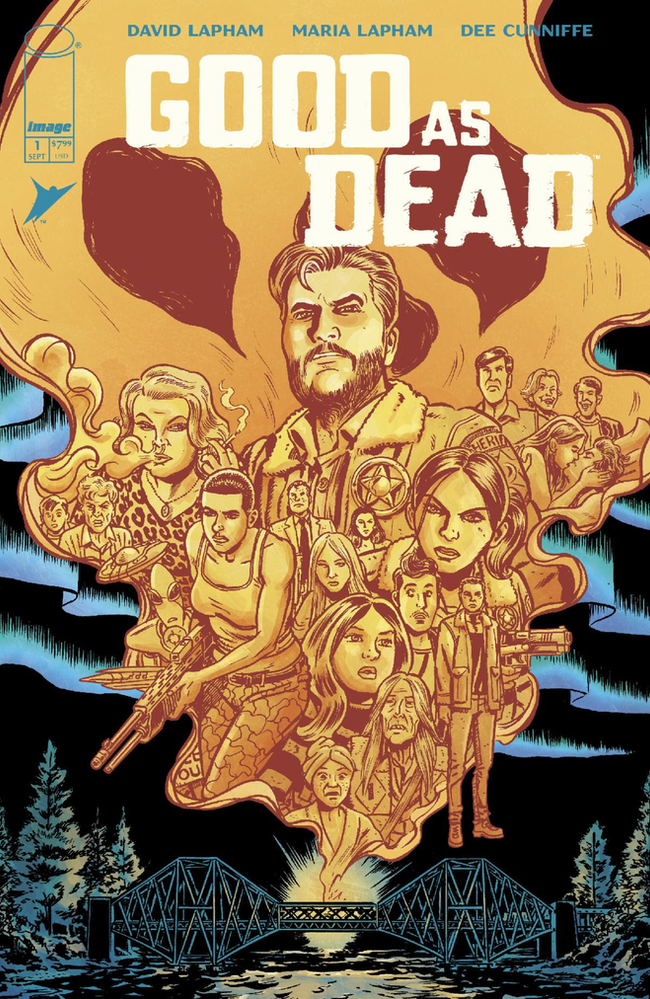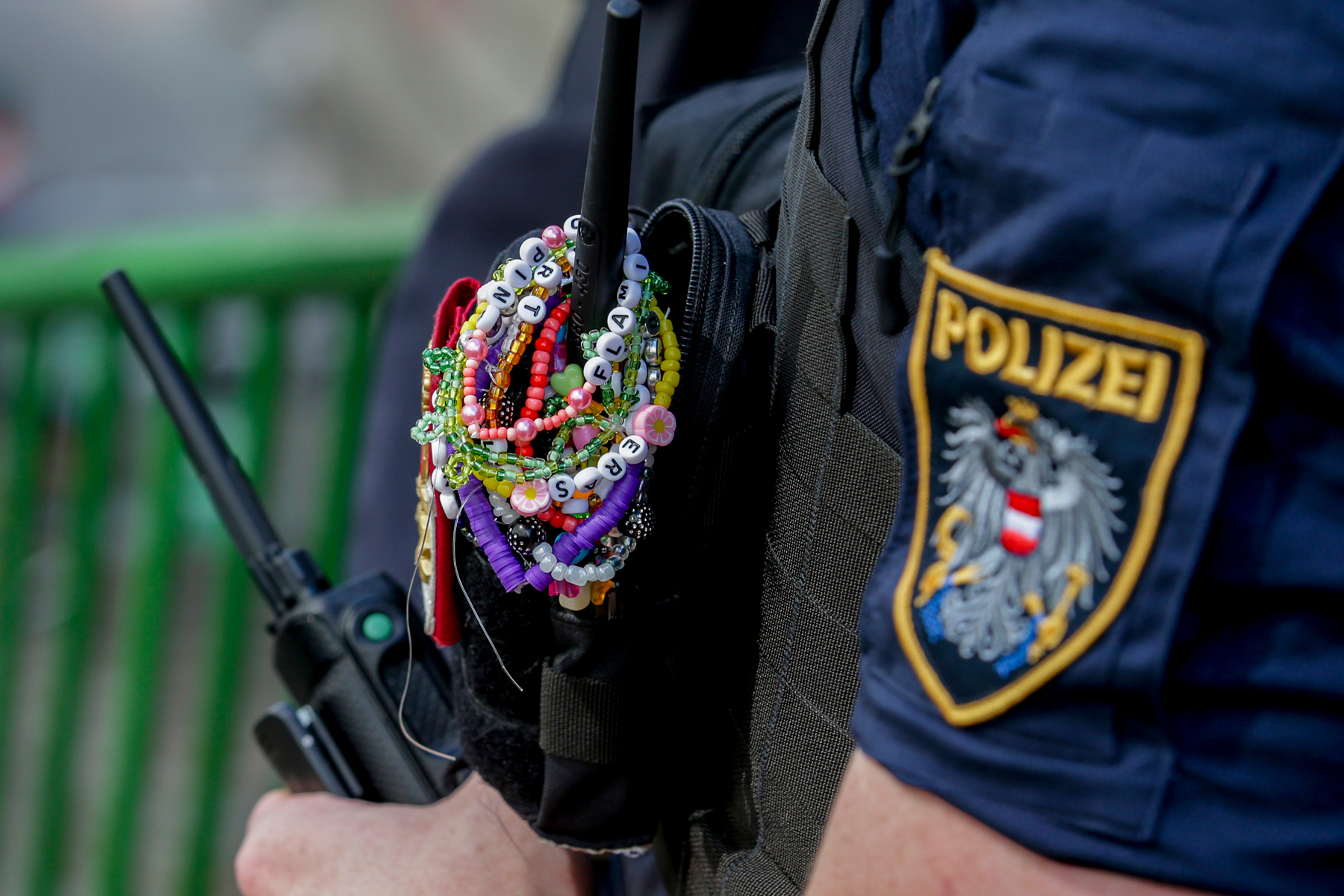
“There is no typical cigar enthusiast,” declares Tom Chamberlain, dashing editor-in-chief of London’s The Rake, who is carrying on the longstanding tradition of cigar-loving English gentlemen with a flair that runs to bespoke smoking jackets and a truly enviable humidor. “Over the time I’ve written about cigars, I have come to know a community of curious connoisseurs. Sometimes the only thing that binds us is our shared love of this combustible item, and that’s enough.”
Chamberlain makes the remarks in the opening pages of perhaps the most impressive book on cigars ever published—Cigars: A Biography by one of the world’s foremost experts on the subject, Aaron Sigmond. The dapper “Sig,” as he is known to cigar-world friends in all corners of the globe, has previously authored The Impossible Collection of Cigars; Playboy: The Book of Cigars; and not one but two impressive volumes on Arturo Fuente, following stints as the founding editor of Smoke magazine and The Cigar Report. Years in the making and clocking in at 400-plus pages, the new book is his magnum opus, illustrated with gorgeous custom photography by Ian Spanier.

“None of us is trying to be like Winston Churchill, but we do want to discover cigars’ transcendent properties,” Chamberlain notes, “which in turn become a critical aspect of our personalities, leaving aside the sheer gustatory pleasure of smoking them. Despite years of probing, I couldn’t be more delighted that the search goes on for all of us, and in this book, Aaron takes us closer to the answer in his inimitable, idiosyncratic way.”
With comprehensive chapters on the many lands where cigars are made, tobaccos and terroirs, storage and aging, important brands, cigar merchants and cigar lounges, spirits pairings, and smoking accessories and style, this book covers more ground, and with more verve and flair, than any on the subject to date. Whether your interest is more aesthetic or scholarly, you’ll want to pick out a favorite leather armchair, open a bottle of something precious, and have your humidor close at hand when you delve into its pages. While there is far too much to cover here, we’ll highlight some of Sigmond’s engaging reportage, starting with his geographical insights.

“It’s said that 200 is the approximate number of hands (some coarse, some smooth, some stained, some covered with mud, sawdust, glue or ink, but all skilled in their respective craft) that converge and come into contact with a single cigar prior to you opening a box and lighting up,” he writes at the beginning of the chapter titled “Cigars: The Lands.” “Some suggest it’s far more than 200, even double. The precise number notwithstanding, hand-harvested, hand-sorted, hand-rolled, hand-crafted, hand-banded, hand-hewn, boxed premium and ultra-premium cigars are extraordinarily labor-intensive.”
Nowadays, he points out, “to get a true sense of the breadth of the finest dark tobaccos and finished cigars firsthand, one must venture forth. To Cuba, the Dominican Republic, Nicaragua, Honduras, Ecuador and Mexico,” and even farther afield.

As with grapes destined to become fine wines, “harvest season is to many the most exciting time of the growing year,” Sigmond writes, noting an opportune occasion to engage in a bit of appealing agritourism. “The tobacco harvest is no different: There’s action in the open fields, in the tented wrapper fields under cloth, and in the casas de tabacos (curing barns) too. With wines and grape-based brandies (Cognac, Armagnac and Brandy de Jerez), when the harvest activities conclude—after picking-crushing-pressing fermentation/maturation-blending-bottling or, in the case of brandies, casking—a long aging process begins.” Cigars and tobacco, on the other hand, “are very much a year-round affair.”
As such, “hands fly fervently, constantly, day after day. Therefore, to reverent cigar devotees, every day in a tabacalera, fábrica de tabacos and fábrica de puros y cigarros (tobacco grower warehouses and cigar factories), when hands move at a deft, almost melodic pace, is exciting and action-packed. For a cigar’s journey encompasses the sweep of its entire life cycle, culminating on the shelves of the finest puro purveyors and in the possession of cigar enthusiasts worldwide. Germination and nursery cultivation, seedlings planted in fertile terroir across the globe, fragrant leaves fermented and aged to impart maximum flavor and quality: Your rolled, banded, boxed cigar will pass through these 200 hands on its way to yours.”

Cigar manufacturers carrying out these time-honored traditions can now be found in some truly diverse places on the planet— from Thailand to Tampa—though Cuban cigars, aka “Havanas,” still remain the gold standard worldwide. “Change is clearly afoot,” Sigmond asserts, quoting a recent industry report. “With changing cultural attitudes and global shortages of Cuban cigars, European smokers”—the world’s top market—“are turning to tobacco from other countries.” For two centuries “Cuba was the undisputed alpha and omega of cigars,” Sigmond writes. “Yet as the 20th century gave way to the 21st, the Dominican Republic and Nicaragua came into their own and matured as peer cigar powerhouses with the passing of each ensuing year. While Cuba will always maintain its alpha designation, is it still the omega as well?”
One telling fact is that “companies that established their reputation by selling Havanas (even current-generation technologybased cigar sellers) have now turned to other countries for their own namesake brands. This is not only a pronounced endorsement legitimizing the equality of all the major cigar producing nations, but it’s also history repeating itself, as these moves are all but identical to those made by Davidoff in the 1980s with its Honduran cigar ventures, and Dunhill’s 1990s Dominican play.” Undeniably, he opines, “the global market has quite conspicuously and continuously transitioned over the past 50 years. Nonetheless, Cuba—in Europe principally, likely also in the UAE and (for now) China—will remain king for the foreseeable future. What is certain however is that at a minimum we’re in the midst of a worldwide consumer shift.”

This can only come as good news for those for whom Cuban cigars remain difficult to come by; it is, after all, still illegal to import them to the United States. “It’s a brave new cigar world out there,” Sigmond sums up. “And while that world remains firmly rooted in heritage, tradition and terroir, it’s now coupled with modern farming technology (temperature and moisture sensors, thermal and aerial imaging), plant hybridization and multi-origin and microclimate puro blending innovation; all of it developed and employed by a new breed of global cigarmakers and, in turn, cigar merchants whose collective passion seems equal to that of past generations.”
Only time will tell if this is really the dawn of a new cigar age. “Which is where well-aged cigars come into play,” he points out, “to keep us company as we bide said time.”














